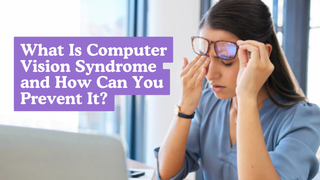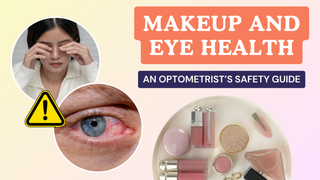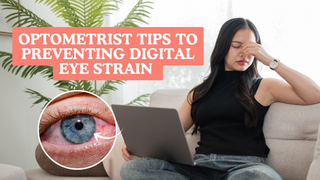Eye pressure, also known as intraocular pressure (IOP), plays a crucial role in maintaining the overall health and function of your eyes. Monitoring and maintaining healthy eye pressure is essential for preventing eye diseases and preserving vision. In this article, we will explore the significance of eye pressure, how it is measured, and the impact it has on your vision and eye health.
What is Eye Pressure?
Eye pressure, or intraocular pressure (IOP), refers to the fluid pressure inside the eye. It is measured in millimeters of mercury (mm Hg) and is crucial for maintaining the shape and structural integrity of the eye. The normal range for eye pressure is typically between 10 and 21 mm Hg. Maintaining eye pressure within this range is essential for preventing damage to the optic nerve and preserving vision.
How is Eye Pressure Measured?
Tonometry Test
Eye pressure is measured using a test called tonometry. There are several types of tonometry tests, including:
Goldmann Applanation Tonometry: This is considered the gold standard for measuring eye pressure. It involves using a small probe that gently touches the surface of the eye to measure the pressure.
Non-Contact Tonometry: Also known as the "air puff" test, this method uses a puff of air to flatten the cornea and measure the eye pressure.
Tono-Pen: A handheld device that measures eye pressure by gently touching the cornea.
During the applanation tonometry, a numbing eye drop is applied, making the procedure painless and quick.
Why is Eye Pressure Important?
Eye pressure is crucial for maintaining the shape and structure of the eye. Abnormal eye pressure, whether too high or too low, can have significant consequences for your vision and overall eye health.
High Eye Pressure (Ocular Hypertension)
High eye pressure, also known as ocular hypertension, occurs when the pressure inside the eye is higher than the normal range. This condition can lead to the development of glaucoma, a serious eye disease that can result in permanent vision loss if left untreated.
Low Eye Pressure (Hypotony)
Low eye pressure, or hypotony, occurs when the pressure inside the eye is lower than normal. This condition can cause the eye to become unstable and lead to vision problems, including blurred vision and potential vision loss.
Common Conditions Related to Eye Pressure
Glaucoma
Glaucoma is a group of eye diseases that damage the optic nerve, often due to high eye pressure. There are several types of glaucoma, including:
Open-Angle Glaucoma:
The most common form, where the drainage angle of the eye remains open but becomes less efficient at draining fluid, leading to increased eye pressure.
Angle-Closure Glaucoma:
A less common form where the drainage angle of the eye is blocked, causing a rapid increase in eye pressure.
Normal-Tension Glaucoma:
Glaucoma that occurs even when eye pressure is within the normal range, possibly due to poor blood flow to the optic nerve.
Ocular Hypertension
Ocular hypertension is a condition where the eye pressure is higher than normal but has not yet caused damage to the optic nerve. It requires careful monitoring and management to prevent the development of glaucoma.
Hypotony
Hypotony occurs when the eye pressure is too low, potentially leading to structural instability of the eye. This condition can result from eye surgery, trauma, or other underlying eye conditions.
How to Maintain Healthy Eye Pressure
Maintaining healthy eye pressure involves regular eye exams and adopting a lifestyle that supports eye health.
Regular Eye Exams
Regular eye exams are essential for monitoring eye pressure and detecting any abnormalities early. An eye care professional can recommend the appropriate frequency of eye exams based on your age, risk factors, and overall eye health.
Lifestyle Factors
Diet: A balanced diet rich in antioxidants, vitamins, and minerals can support eye health.
Exercise: Regular physical activity can help maintain healthy eye pressure.
Stress Management: Managing stress through relaxation techniques and a healthy lifestyle can positively impact eye pressure.
Treatment Options for Abnormal Eye Pressure
Medications
Medications, such as eye drops and oral medications, are commonly used to manage high eye pressure and prevent the progression of glaucoma.
Surgical Interventions
In some cases, surgical interventions, such as laser therapy or traditional surgery, may be necessary to control eye pressure and prevent vision loss.
Replacing Lenses Regularly
Regularly replacing your lenses ensures they stay comfortable and natural-looking. Signs that it’s time to replace your lenses include discomfort, blurry vision, or visible damage.
Explore EyeCandys' range of natural-looking contact lenses and find your perfect match. Visit our product page to discover lenses designed for a seamless, invisible look.











